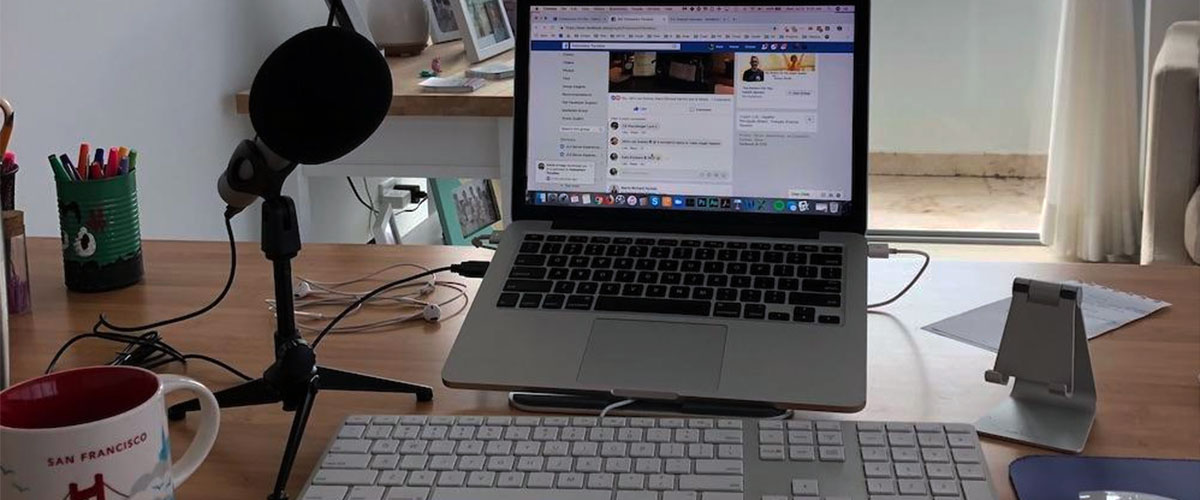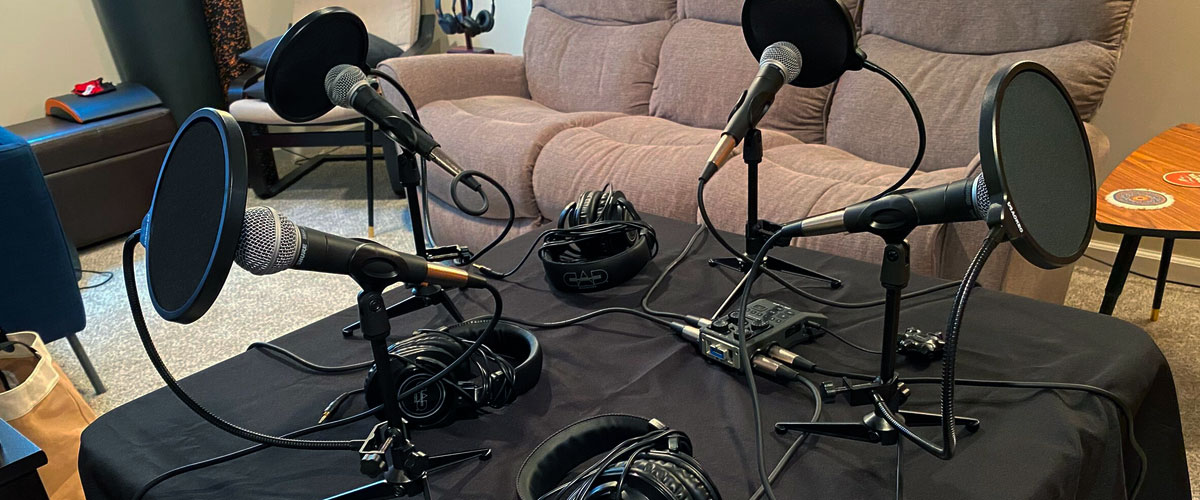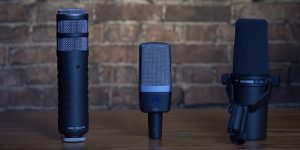Podcasts are an excellent way to share information and stories with a larger audience. But how do you create a podcast that sounds great? The answer is simple: high-quality audio equipment! In this blog post, we will discuss seven tips for creating the perfect podcast with high-quality sound.
Steps for creating great podcast content
Use a good quality microphone
If you intend to record voiceovers or interviews, this is the most important thing! It will ensure high-quality sound that is not silenced and can be heard clearly by listeners. Choose one with an adjustable headband, so it fits comfortably on your face and use foam windscreens to protect against plosives (for example, the p sound).
Consider your room
Recording in a space with ample natural lighting will help to keep the audio quality high and make you more comfortable during recording sessions. Avoid bright white lights as they create reflections on screens or shiny surfaces, which can interfere with sound waves coming into contact with microphones.
Use a pop filter
When recording your voice, it is important to use a pop filter or windscreen to minimize the “popping” sound of plosives that can happen when you say words such as “p”, “b”, and “t”. These filters shield the air coming from the mouth, so they don’t contact the microphone.
Keep a mic in a tripod

Use a tripod or boom arm stand to hold your microphone and recorder for hands-free recording sessions. It will help you be more comfortable during long periods while recording and keep all recordings at an even height from the ground. Of course, having two microphones helps too! One can record audio in stereo (in different directions) while the other records voiceovers or interviews.
Prepare a storage space
Keep an eye on your storage space! When recording podcasts, it is a good idea to save recordings and take breaks every so often as you may need more storage than anticipated. Investing in external hard drives can help with this issue if you want to record for long periods.
Use a post-editing software
Edit your audio with post-production software such as Audacity or Garageband to make sure everything is at an even volume, keep sound levels consistent, and remove any unwanted noise in the recordings. It will give you a professional sound for your final product!
Share your podcast
Keep any episodes you release under 20 minutes so that people can listen to them in one sitting. Consider sharing with social media sites, email listservs, or a blog post like this for more listeners. You’ll be glad you did because it’s the final step towards creating an excellent-sounding podcast.

What should you not do in a podcast?
You should not edit out the “ums” and “uhs.” It’s natural for people to speak that way, so it sounds more authentic. And if you do want to edit some of those things out, go ahead and use a noise gate plugin on your recording program or even at the end of post-production with an audio editor.
You should not use the same microphone for both your voice and other sounds. It may sound like a good idea at first, but it can create some weird audio effects that will distract listeners. And if you need to include ambient noise or music in your podcast, make sure those are recorded on another mic, so they don’t interfere with your voice.
We are supported by our audience. When you purchase through links on our site, we may earn an affiliate commission at no extra cost to you.
Our newsletter
* We will never send you spam or share your email with third parties

